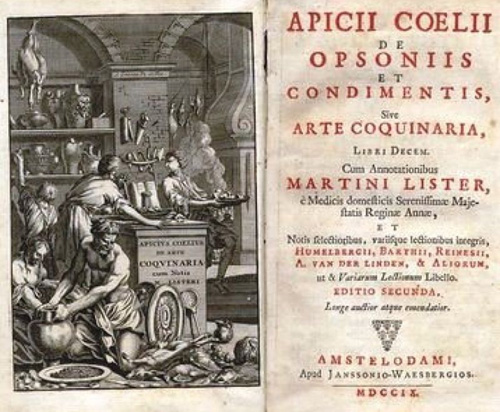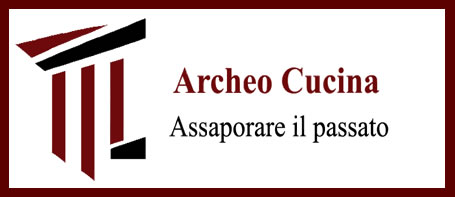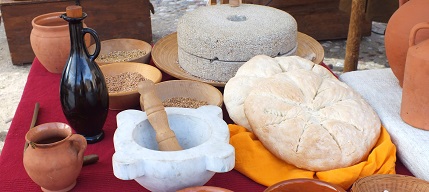De re coquinaria

De re coquinaria (The culinary art) consists of ten books, maybe it's a rehash of an old recipe of Marcus Gavius Apicius to which it is assigned. Another hypothesis is that the author of this work has been a certain Celio (whose name appears in some codes after that of Apicius). Because for some historians of late Roman name "Apicius" indicated, by definition, the expert in the culinary arts, the title could be construed as "Books of the expert chef" to be drafted would have collaborated many cooks average and late Roman. There is the possibility that the original work was composed of two separate volumes, one for the kitchen in general and the other sauces, then condensed by subsequent transcribers in a single book containing ca. 468 recipes.
Of these preparations only ca. 300 would result from the basic texts, while the other could come from volumes that dealt with agriculture, medicine and dietetics, available to the various scribes during the Middle Ages transcribed De re coquinaria. Whatever the truth, the fact remains that the De re quoquinaria is the main source surviving on food in ancient Rome.
In many cookbooks, ancient and current, are given almost always with precision weights, sizes and quantities, in the cookbook of Apicius these elements are absent, everyone is free to unleash their creativity and tastes: measuring ingredients is excellent but a habit personal and individual. Apicius addresses anyway to an experienced cook and the "fine palate", it can try expressions like "Gustas: you deest quid, addes" (Taste. If something is missing, add it) and "It quid opus fuerit, cittis" (If c 'you need something, enter it)
The various books trattani the following topics:
Book I: contains various suggestions, from preparing a special wine, how to store food for a long time and so on.
Book II: also called Sarcoptes, is dedicated to the use of minced meat.
Book III: defined Cepuros, focuses on the use of various vegetables, especially vegetables.
Book IV: proposals are recipes for sauces, cakes, appetizers, vegetable dishes and more.
Book V: it contains a great summary on legumes and flour that can be drawn from them.
Paper VI: is synthesized with the procedure for the cooking of the animals from feather and for the game.
Book VII: also called the book 'of the food delicious' contains the original recipes of Roman cuisine: calluses of dromedary, rind, pig feet and boar, goose liver and so on.
Book VIII: Chapter dedicated to quadrupeds very often present at banquets as hares, deer etc.
Book XI and X: is dealt with the theme of the sea; we dedicate ourselves to the preparation of fish, molluscs and crustaceans. View De re cuoquinaria in Latin

|

